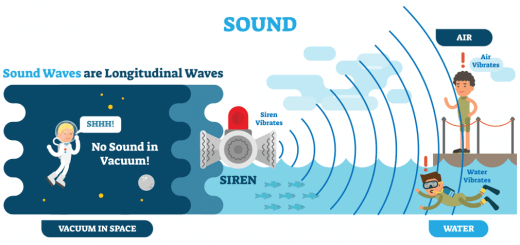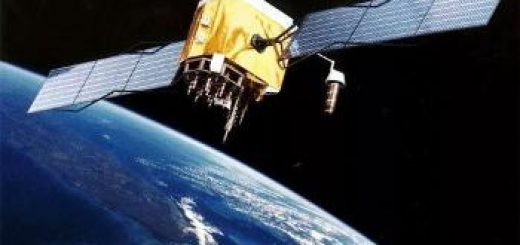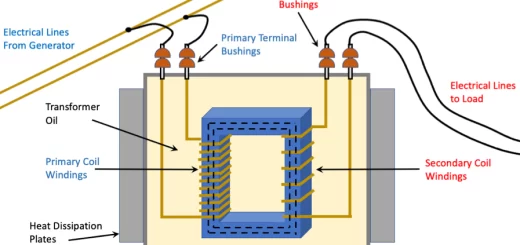Electromagnetic induction, Faraday’s law and self induction coefficient in a coil
When an electric current passes through a conductor it produces a magnetic field, Sooner after that discovery by Oersted, the reverse was addressed through a scientist called Faraday, He proved through a series of experiments that an electric current can be produced in a conductor when it moves cutting the magnetic field lines which is called magnetic induction.
Electromagnetic induction
It is a phenomenon of the generation of induced electromotive force and induced current in a conductor as a result of the time variation of the magnetic flux that intercepted by the conductor.
Faraday’s experiment to show electromagnetic induction:
Purpose: Generation of induced electric current in a coil.
Steps and observation:
- Faraday prepared a cylindrical coil of copper wire such that its turns are isolated from each other.
- He connected the terminals of the coil to a sensitive galvanometer having its zero reading at the middle of its graduated scale.
- When Faraday plunged a magnet into the coil, observation: The needle of the galvanometer deflected momentarily in a certain direction.
- When he removed the magnet from the coil, observation: The needle deflected momentarily in the opposite direction.
- The same effect appears when the coil is moved about a stationary magnet.
Conclusion:
Induced electromotive force and induced electric current are generated in the coil as a result of the time variation of the magnetic flux linked with the coil during the motion of the magnet (the time variation of the magnetic field lines as the turns of the coil intercept them while the magnet was in motion), The direction of the induced electric current depends on the direction of the magnet motion and the direction of the magnetic field.
The direction of the induced current
We can determine the direction of the induced current generated in the coil when the magnetic flux changes which cutting the coil by using Lenz’s rule which states that the induced current must be in a direction such that to oppose the change producing it.
When the north pole of a permanent magnet gets closer to the end of a wire coil, an induced electric current passes in the coil in a direction such as to form a North pole at that end of the coil which repels the north pole of the magnet and resists the motion.
When the North pole of a permanent magnet gets away from the end of a wire coil, an induced electric current passes in the coil in a direction such as to form a South pole at that end of the coil which attracts the north pole of the magnet and resists the motion.
Deduction of Faraday’s law
The magnitude of the induced electromotive force (emf) is directly proportional to the rate by which the conductor intercepts the lines of the magnetic flux linked with it (the rate of change of the flux).
emf ∝ ΔΦm /Δt
The magnitude of the induced electromotive force (emf) is directly proportional to the number of turns N of the coil which intercepts (or link with) the magnetic flux lines.
emf ∝ N, ∴ emf = Constant × N ΔΦm /Δt
If the magnetic flux is measured by Weber unit, emf = − N ΔΦm /Δt
This is known as Faraday’s law of electromagnetic induction, The negative sign indicates that the direction of the induced emf or the induced current tends to opposite the cause producing it according to Lenz’s rule.
Faraday’s law: The induced emf generated in a coil by electromagnetic induction is directly proportional to the time rate by which the conductor intercepts the lines of the magnetic flux and is also proportional to the number of turns of the coil.
The average induced emf is measured in Volt, The change in the total magnetic flux (ΔΦm) linked with the coil is measured in Weber (Wb) and is equivalent to Volt.sec (V.s), Weber is the magnetic flux penetrating perpendicularly one turn of the coil that when vanishes gradually and uniformly within 1 sec, it produces induced emf of 1 volt.
ΔΦm = emf Δt / N
Factors affecting the induced emf generated in a coil:
- The number of turns of the coil (N), directly proportional.
- The time rate by which the conductor intercepts the lines of the magnetic flux (ΔΦm /Δt), directly proportional.
The induced emf generated in the coil increases if its core is made of iron, due to its high magnetic permeability that helps to increase the concentration of the flux lines which are intercepted by the coil and hence increases the induced emf.
To determine the change in magnetic flux (ΔΦm) when the plane of the coil is perpendicular on the flux, The coil is turned 90° or becomes parallel to the flux or the coil is removed of the flux or the flux is vanished, then:
ΔΦm = BA − 0 = BA
The coil is turned 180° or laterally inverted or the flux direction is reversed, then:
ΔΦm = BA − (− BA) = 2 BA
Area of the coil is changed: ΔΦm = B ΔA
The magnetic flux density is changed: ΔΦm = A ΔB
The induced emf generated in a moving straight wire
When a straight wire moves perpendicular to a magnetic field, the change in the magnetic flux affects the free electrons in the wire causing them to move from one end to the other generating potential difference between the wire ends and consequently induced emf between its ends.
Fleming’s right-hand rule
It is used to determine the direction of the induced electric current in a straight wire moving perpendicular to a magnetic flux.
The rule: Extend the thumb, pointer and the middle finger of the right hand, mutually perpendicular to each other, Let the pointer points to the direction of the field and the thumb to the direction of motion, then the middle finger will point to the direction of the induced current or voltage.
Deduction of the self-induction coefficient in a coil
When a straight wire of length (L) moves with a velocity (v) perpendicularly to a uniform magnetic field of density (B) (perpendicular to the paper inwardly) and makes a displacement (Δx) within a time interval (Δt), then:
∴ emf = − ΔΦm /Δ t = − BΔA /Δ t = − BLΔx /Δ t
Δx /Δt = v , ∴ emf = − BLv
and if the direction of velocity is making angle θ with the magnetic flux, then:
∴ emf = − BLv sin θ
And if a wire is moving parallel to the magnetic field then, emf = BLv sin 0 = 0, The emf vanishes.
And if a wire is moving perpendicular to the magnetic field then, emf = BLv sin 90 = BLv, The emf is max.
The factors affecting the induced emf in a straight wire intercepting a magnetic flux
- Magnetic flux density (B) (directly proportional).
- The velocity of the wire (v) (directly proportional).
- Length of the wire (L) (directly proportional).
- Sine the angle between the wire velocity and the magnetic flux direction (sin θ) (directly proportional).
Direct current voltmeter, Ohmmeter uses, importance and structure
Mutual induction between two coils & applications of the self-induction of a coil



